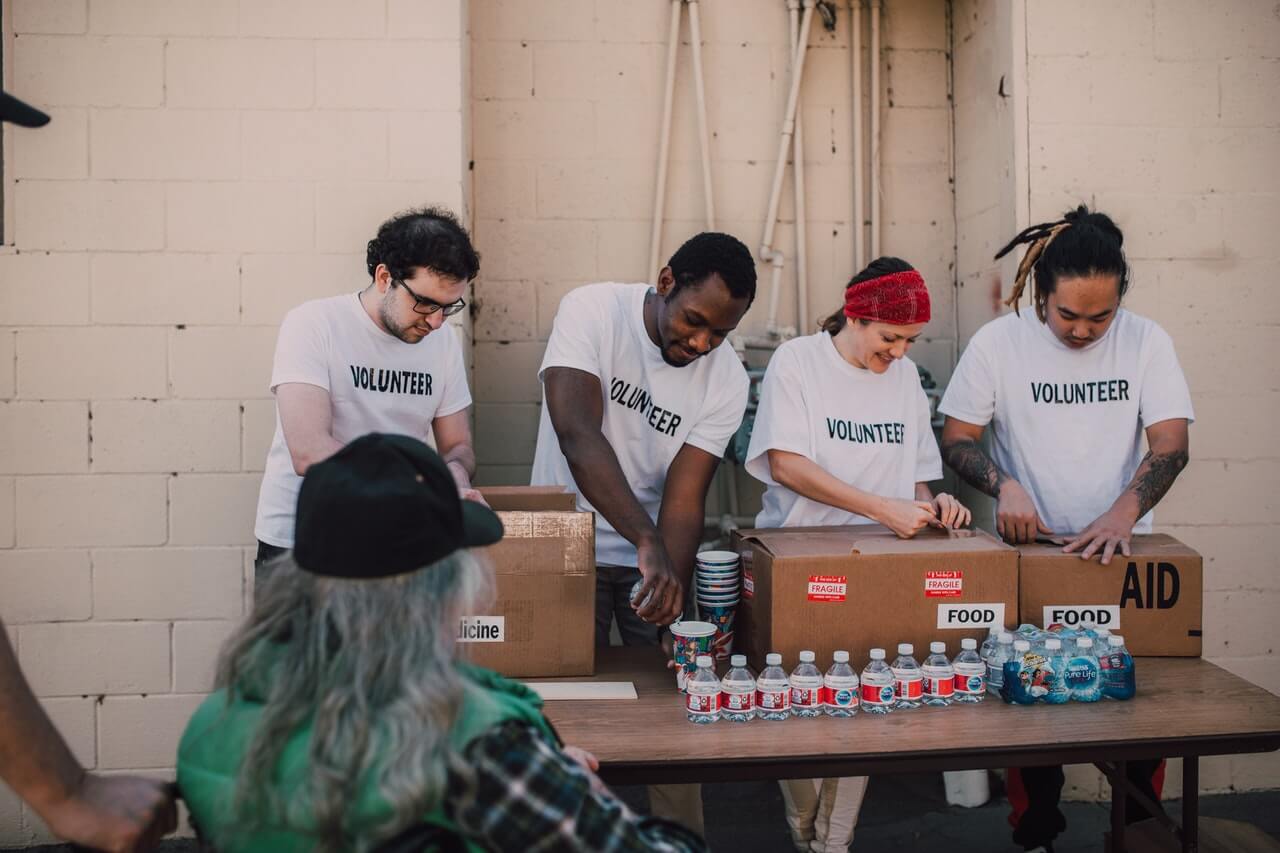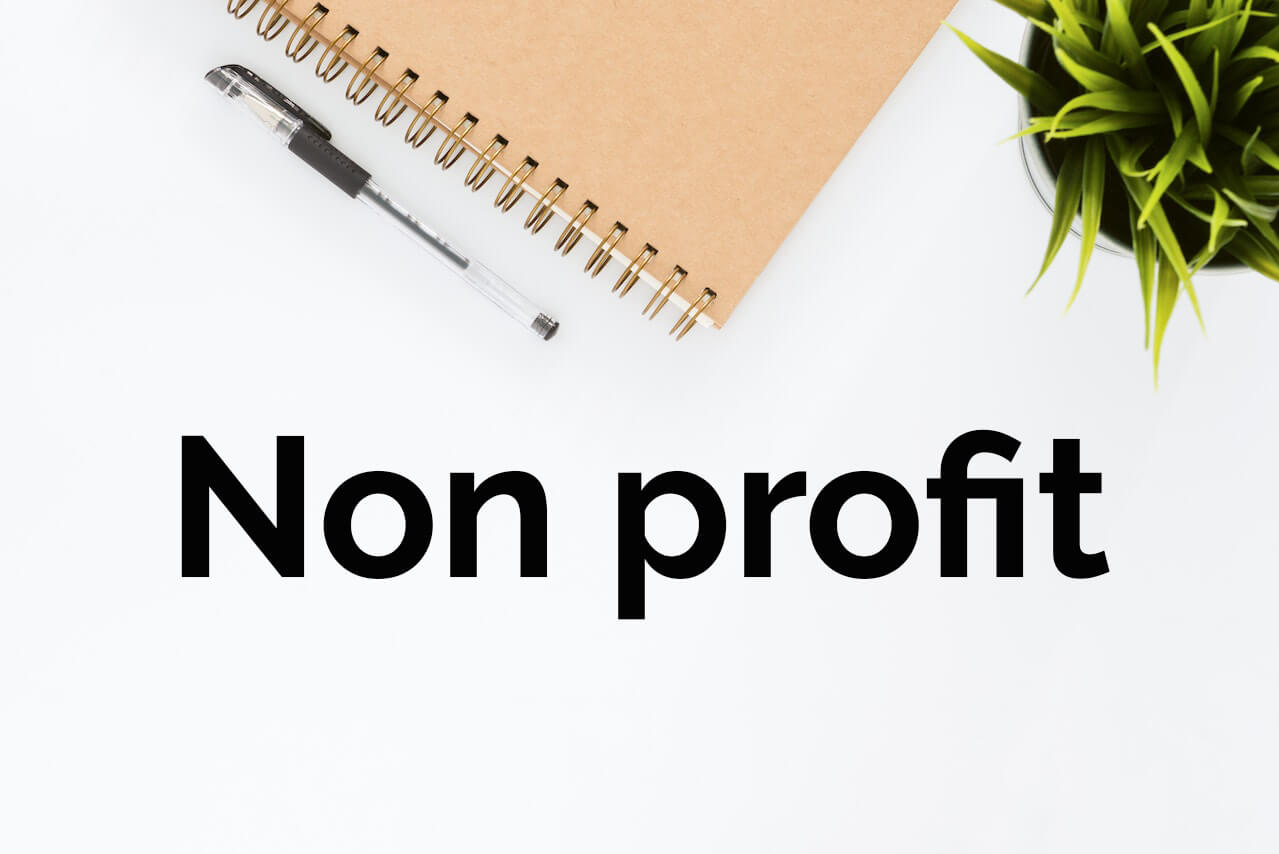Recently, I wrote an article about how non-profits both must work together as partners, but must also compete for sustainability. I had a response from a fellow blogger from WhyDoParentsBlog http://whydoparents.blogspot.com/2011/01/social-returns-on-financial-investments.html
Jeremy Parrott blogs about non-profit as well. He has a theory that the economy should be like the life cycle of water. The cycle begins with for-profits then cycles to foundations and then to non-profits, where the cycle continues back onto for-profits. Jeremy believes that by having non-profits reinvest their money in for profit businesses that the life cycle of money will continue.
I’m not sure that I agree with Jeremy. While I agree with the cycle, I do not agree with the quantities. I believe that for profits make money, that foundations do thrive as a result of donations from usually individuals who earned their money though the for-profit sector. I also agree that Foundations then support non-profits. However, where I feel this theory falls apart is that, most non-profits spend about 80% of their incomes on salaries. It would not be unusual for them to spend say 5% or more on rent or mortgage and utilities. So a non-profit’s buying power is less than 10% of its overall budget.
My interpretation of what Jeremy had to say was that non-profits need to invest more of their budgets into for-profits to keep the cycle healthy. However, with the structure of funding from foundations presently, coupled with the limited amount of surplus in most non-profits budgets, it is unlikely that non-profits could spend anymore of their budgets on purchasing. Funders like to see as much money as possible going into programming. So too, do donors like to see concrete evidence of what their dollars are buying. By concrete evidence, I mean programs that are impacting people’s lives for the positive. With so much focus on program delivery, most funders prefer to see their money going into salaries rather than into goods. They recognize that goods are a needed part of programming, but for the most part, they still prefer that the amount of goods bought with their grants is still only a portion of the grant.
It is true, that some foundations prefer to fund capital costs, like buildings, or big ticket items, but I have found that while these things are a visible contribution, things don’t necessarily impact people’s lives unless it is combined with the caring, passionate people who work for non-profits. I don’t believe that non-profits can change the cycle of economy anymore than they already have. They have limited buying power and always will because they are in the people business.
——————
For more resources, see our Library topic Nonprofit Capacity Building.
——————
By Ingrid Zacharias, Managing Director, Envisioning the Future International, Email: [email protected]
Website: http://envisioningthefutureintl.ca/










